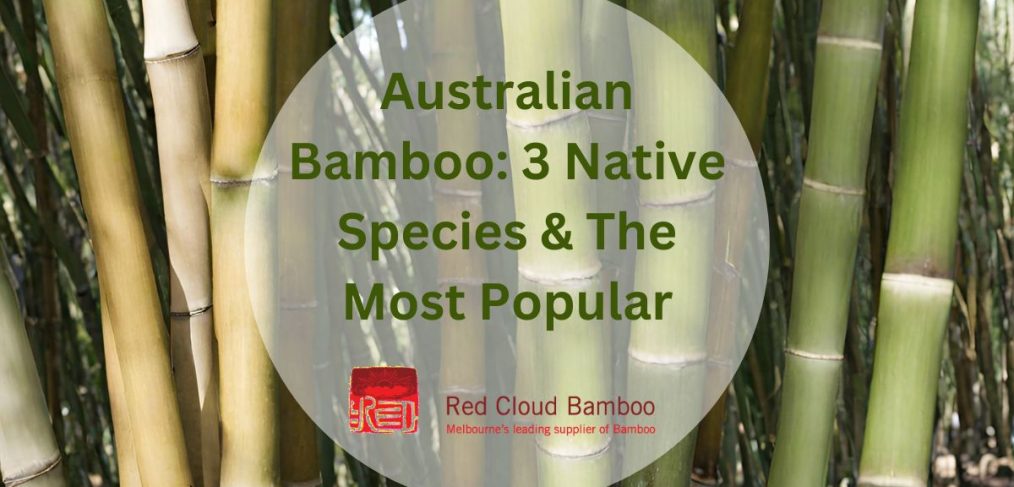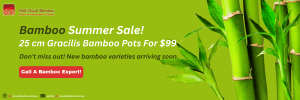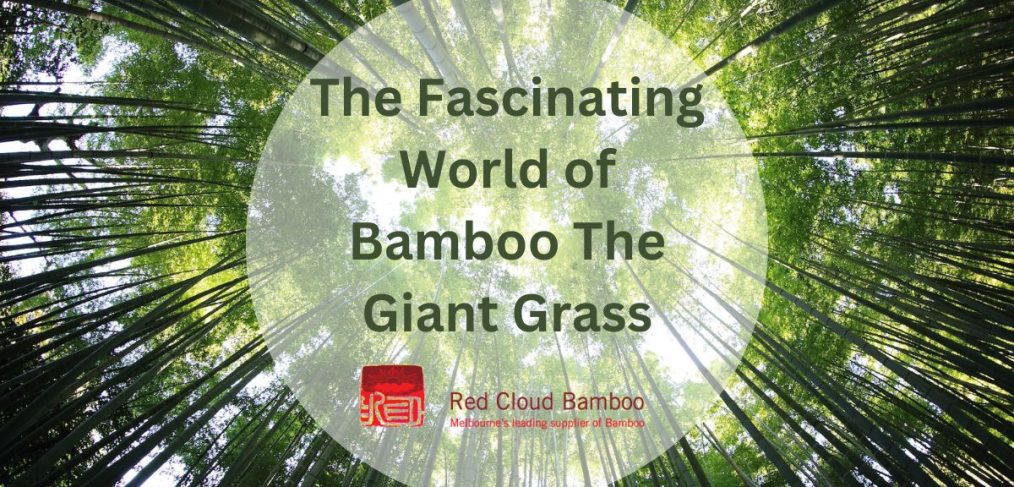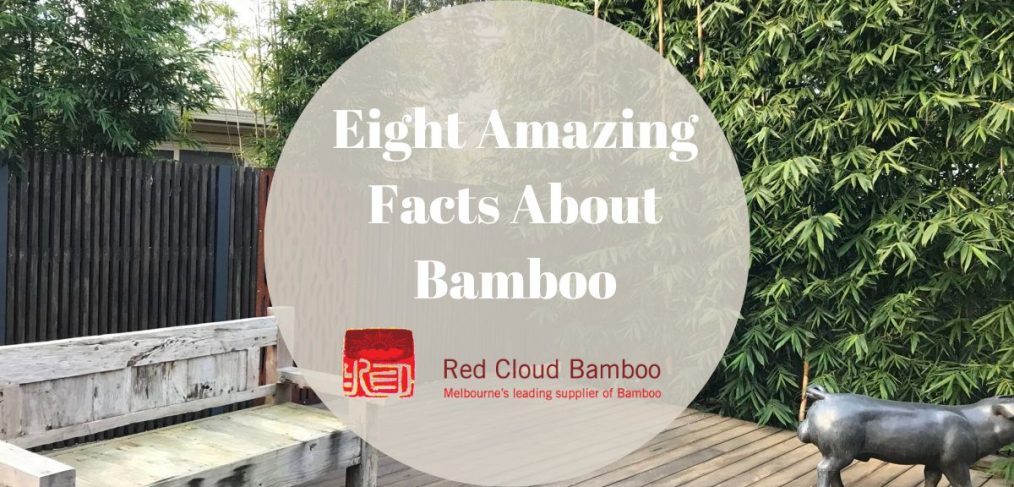When most people think of bamboo Australia, their minds likely envision the lush green groves found throughout Asia. However, not as many realise that Australia too calls a select few bamboo varieties among its native plants.
For over 60,000 years before European settlement, various Aboriginal peoples across Northern Australia sustainably utilised bamboos native only to this continent.
Here we explore three such endemic Australian bamboo species and examine ongoing discussion around a possible fourth.
We’ll also learn about bamboo’s traditional importance to Indigenous Australians and how one variety in particular emerged as a favorite for cultivation across the vast country today.
Which Bamboos is Native to Australia?
Bambusa Arnhemica
Found inhabiting tropical Arnhem Land in Northern Australia’s Top End region is Bambusa Arnhemica. This vigorous clumper forms dense thickets reaching impressive heights up to 12 meters tall. Distinctive thick culms up to 12 centimeters in diameter develop with sharp protective spines. Bambusa Arnhemica appears well-adapted to establish itself within Arnhem Land’s humid monsoonal environment.
Mullerochloa Moreheadiana
Occurring in coastal Queensland from Mackay down to Innisfail stretches suitable habitat for Mullerochloa Moreheadiana. While similarly establishing dense clumps, this mid-sized bamboo maxes out a meter shorter than Bambusa arnhemica at 12 meters tall. Culms thin slightly at 4 centimeters yet bold leaves compensate for slender stalks. Mullerochloa Moreheadiana played meaningful roles in traditional rainforest communities.
Neololeba Atra
Found amid tropical Queensland’s Daintree Rainforest and neighboring zones, Neololeba Atra showcases a unique growth form differentiating it from kin. Reaching approximately 8 meters high, N. atra produces sturdy green culms almost 5 centimeters wide but its real anomaly involves lateral branches developing into additional rooting culm sequences. This complex below-ground structure sets N. atra apart as a particularly resilient inhabitant of wet sclerophyll environments.
Debate Around Fourth Bamboo Species in Australia
Some exploration reports from the 1800s described wild cane plants they believed native to the Torres Strait as Schizostachyum sp.
However, recent genetic assessments suggest populations may post-date colonization from failed cultivation attempts rather than ancient indigenous occurrence. Without documentation of natural continuity before European contact, classifying this as Australia’s fourth bamboo species remains uncertain.
Continued phylogenetic investigation could clarify whether naturalized populations descended independently or derived from introduction. This debate exemplifies how refining knowledge of native floras requires persistent research as human histories intertwine with ancient landscapes.
Traditional Uses by Aboriginal Australians
The various Aboriginal peoples inhabiting Northern Australia’s bamboo groves utilized all portions of these native plants.
Flexible young culms assisted in crafting spears, blowing pipes for didgeridoos, and smokable tubes. Mature stalks constructed durable frames for shelter, transportation rafts, and chisels for woodworking.
Evidence even indicates trading networks integrated bamboo between Eastern coastal rainforests and Western mainland regions like the Kimberley. Particularly, the Caledon Bay Balamumu specialized in fashioning fighting spears from available Australian native bamboos. While Aboriginal diets didn’t prominently incorporate bamboo shoots or seeds compared to other cultures, these versatile grasses proved invaluable for material culture and everyday tools.
The Most Popular Bamboo in Australia
While just three native types comprise Australia’s endemic bamboos, Gracilis Slender Weaver bamboo has emerged as a clear favorite and the most popular bamboo species in Australia for cultivation.
Gracilis Slender Weaver demonstrates terrific adaptability to Australian diverse climates. From tropical savannas to temperate coastlines, this bamboo thrives with minimal care. Reaching around eight meters tall yet retaining slender circumference, Gracilis forms dense screening windrows within confined gardens or sprawling barriers between paddocks.
Both appearance and utility contribute to Gracilis popularity – its narrow culms allow wind to pass through while still blocking views.
Homeowners and farmers alike appreciate reliable greenery requiring little maintenance. Gracilis rightfully gained a reputation as Australia’s most familiar and popular bamboos.
Conclusion
While Australia claims few bamboo species as purely native, Aboriginal Australians depended on endemic varieties for millennia. Ongoing research may refine our understanding of which plants naturally long inhabited this continent.
Of the introduced bamboos, none better suited diverse Australian environments than Gracilis slender weaver bamboo. Whether highlighting habitats, traditional uses, scientific debates, or cultivation importance – exploring bamboos illuminates intricate relationships between people and changing landscapes over time. I hope shedding light on these topics has fostered new perspective and intrigue around native Australian bamboo diversity.
“Discover the incredible world of bamboo and unlock its limitless potential. Join us at Red Cloud Bamboo, your trusted partner in all things bamboo. Contact us today at 0418 552 170 to explore the possibilities. Or check out our blog for more information about bamboo. Let’s embrace the resilience and beauty of bamboo together!”




